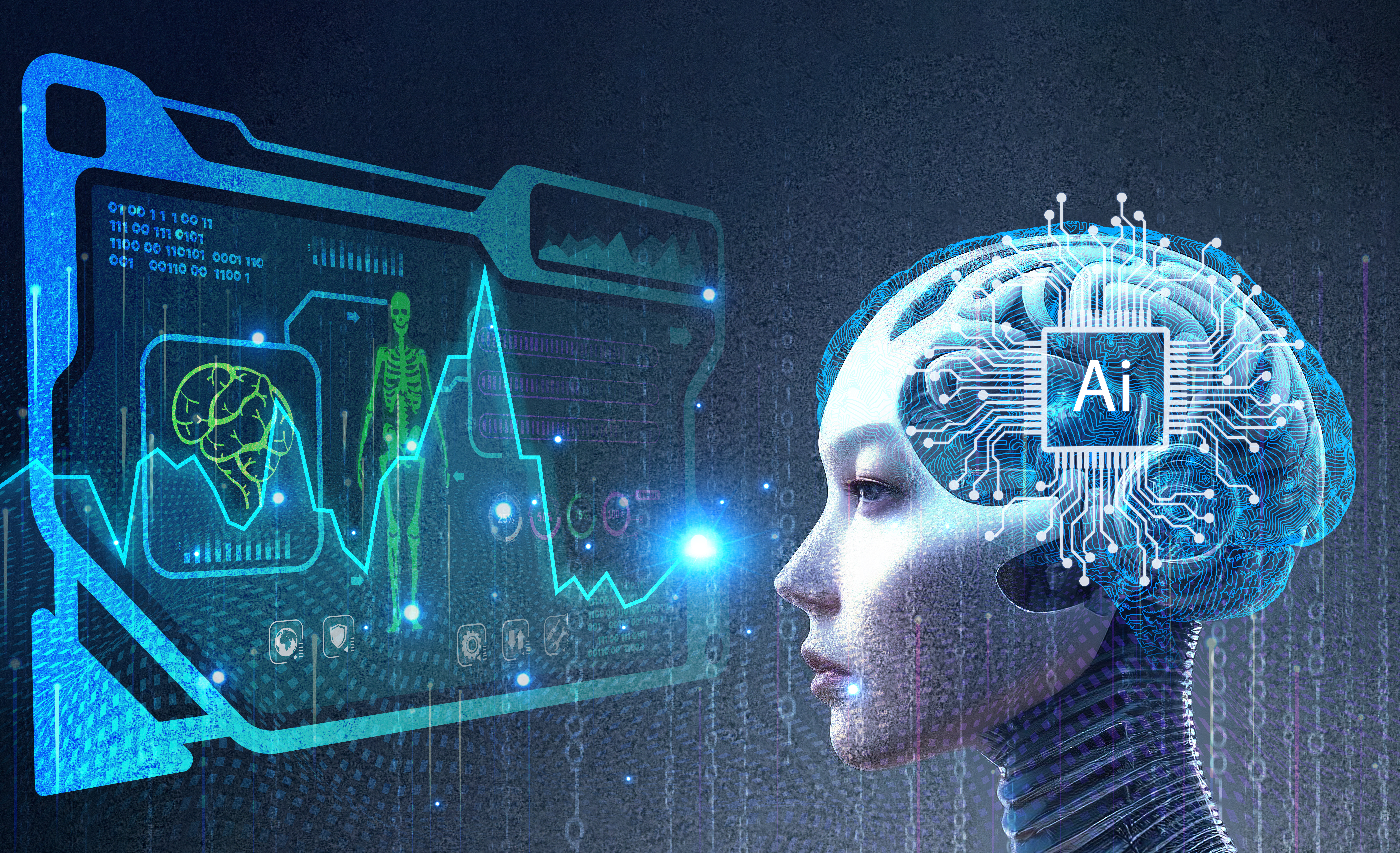GPT is here, make no mistake, and it’s about to revolutionize every website. In the not-so-distant past, having a website was the hallmark of a forward-thinking business. As the Internet exploded onto the scene, any company without an online presence appeared archaic and out of touch. Gone were the days when customers had to rely on calling switchboards and waiting for snail-mail to receive product information. The digital era ushered in a new age of instant access, where information was available at the click of a button, 24/7.
The evolution of the Internet since then has been remarkable, and websites have played a pivotal role in this transformation. Initially serving as repositories of information, websites encompassed everything from text documents to videos, product catalogs, and frequently asked questions (FAQs). They became an organization’s digital brain, accessible globally, and facilitated communication on a scale previously unimaginable. E-commerce became a prominent part of websites, allowing businesses to connect with customers across geographical boundaries.
Over the years, search engines have become indispensable tools for navigating the vast ocean of information on the web. Users could find what they needed by typing in a query and receiving a list of relevant results. However, this process wasn’t always user-friendly, as individuals often had to comb through numerous hits and documents to find precise answers. Despite the progress, the user experience lacked a human touch.
To address this limitation, chatbots emerged as a potential solution to streamline interactions and provide quicker responses to user queries. The idea of having a virtual assistant readily available to assist customers held great promise. Businesses rushed to implement chatbots on their websites, hoping to enhance user experiences and reduce response times.
However, reality did not match expectations. Early chatbots were plagued by limited functionality and often struggled to comprehend natural language or handle deviations from predetermined conversational paths. Users were frequently left frustrated, feeling as if they were engaging with a rigid, unhelpful machine rather than a helpful human assistant.
Enter GPT, LLaMA, Bard, and other advancements in natural language processing (NLP) and artificial intelligence (AI). These cutting-edge technologies marked a significant turning point in the chatbot landscape. Training bots on specific content became more accessible, allowing them to hold engaging, human-like conversations with users. Suddenly, users felt as if they were interacting with knowledgeable experts, receiving direct and accurate answers to their queries. GPT-like technologies bridged the gap between human-like conversation and artificial intelligence, transforming the chatbot experience.
The implications of these advancements are monumental. OpenAI’s GPT has the ability to comprehend context, grasp nuances, and respond coherently opened up a world of possibilities for businesses. Conversational bots empowered by GPT could now provide tailored solutions, address complex questions, and adapt to user inputs seamlessly. It was as if businesses could offer their customers a personal expert, available 24/7, ready to provide instant support and guidance.
Predictions of the future impact of GPT-like chatbots are bold and compelling. Just as websites became essential for businesses two decades ago, GPT-powered chatbots are poised to become a necessity to stay competitive and relevant in the digital era. Their ability to enhance customer experiences, increase engagement, and improve problem-solving will set a new standard for online interactions.
Imagine a world where a user can ask a chatbot specific questions about a product, service, or topic of interest and receive detailed, relevant answers in real-time. Gone are the days of sifting through web pages or waiting for customer support to respond. GPT-powered chatbots will be the virtual assistants that users have longed for, simplifying their lives and elevating their online experiences.
However, amidst all the enthusiasm, it is crucial to recognize that GPT-like chatbots do not render human support obsolete. While AI-powered bots excel in handling routine queries and providing instant responses, the human touch remains essential for addressing complex and emotionally sensitive issues. A balanced approach, integrating GPT-powered chatbots with human assistance, will ensure that businesses can cater to a diverse range of customer needs effectively.
In conclusion, the advent of GPT and similar conversational technologies represents a pivotal moment in the evolution of websites and online interactions. The fusion of AI with natural language processing has brought about a new era of intelligent chatbots capable of engaging in human-like conversations. Businesses that embrace this transformative technology will undoubtedly gain a competitive edge, offering unparalleled customer experiences and redefining the way they interact with their audience.
Just as websites were a must-have for businesses two decades ago, GPT-powered chatbots are poised to become the next imperative for businesses looking to thrive in the digital realm. The rise of chatbots, backed up by human support, signifies the dawn of a new age in customer service, where convenience, efficiency, and personalization converge to create a truly revolutionary online experience. As GPT continues to evolve, its potential to revolutionize every website and transform the way we interact with technology is boundless. Embrace the future; the age of GPT is here.







